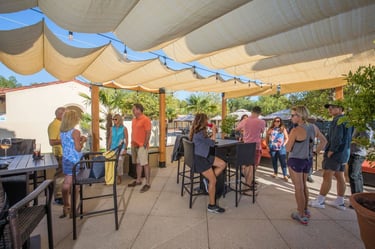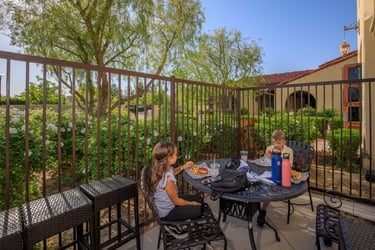
Eggs are such a magical ingredient.
There is so much culinary lore surrounding eggs, from influencing a chef’s uniform to being an ultimate test of skill.
If you watch Downton Abbey, you may notice a scene about how easy it is to cook scrambled eggs. There are so many ways to cook an egg. Boiled, baked, fried, poached, scrambled…. But the list doesn’t stop there. The humble egg has influenced so much of culinary history, even to this day.
%20-%20Edited%20(1).png?width=375&height=252&name=crop_comp_IMG-2698%20(1)%20-%20Edited%20(1).png) A chef's uniform and eggs
A chef's uniform and eggs
A traditional chef’s uniform consists of a chef’s coat, pants, non-slip clogs, and a chef’s hat (toque). There are 100 folds in a chef’s hat, and can you guess what each of those folds stands for?
That’s right!
Each fold represents a different way to cook an egg. No matter the height of the toque, they all should have 100 folds. The height of each hat represents where one ranks in the kitchen hierarchy, which is why the Chef de Cuisine has the tallest hat.
Many people ask why the chef’s coat and toque are traditionally white when a kitchen can be a messy place… and that is exactly why. The white shows cleanliness, which is quite important in a kitchen!
 The history of the chef uniform
The history of the chef uniform
The chef’s uniform was first set forth by Marie-Antoine Careme, who lived in Paris from her birth in 1784 until she died in 1833. She is buried in the Montmartre Cemetery in Paris, France, and is considered by some to be the world’s first celebrity chef.
143 ways to cook eggs
In 1903, Auguste Escoffier wrote the essential book for French cooking, Guide Culinaire, and outlined 143 ways to cook eggs.
They can be cooked on their own, added to souffles, tarts, cakes, sauces, mayonnaise (which was the invention of the chef of Duke de Richelieu in 1756), and many other applications.
Escoffier is credited with many things in the culinary world, not just his vast list of egg dishes. Many of the terms used in a kitchen were coined by Escoffier. His stint as an army cook in the Franco-Prussian war in 1870 showed him how groups can be organized into a hierarchy that works well in kitchens. Terms like Chef de Cuisine, Sous-chef, and Saucier were pioneered by Escoffier and are still used in many kitchens today.
.jpg?width=375&height=281&name=IMG-6286%20(2).jpg) Testing your skills with eggs
Testing your skills with eggs
You may be asking yourself, “How can an egg be a test of skill?” In many kitchens, when a chef is interviewing for a job, those interviewing him or her have them make an omelet. Not the kind you can run to Denny’s for, but a threefold traditional omelet.
The folds, consistency, and doneness of the egg have to be correct. The presentation has to meet certain criteria. If the prospective chef does not make the omelet correctly, there will no job offer.
Rethinking the humble egg
It’s amazing that such a seemingly simple thing, an egg, can be behind all of these culinary institutions and rules.
So next time you are in the mood to make something easy and scrambled eggs come to mind, think about what other 142 ways to cook that egg. Or, stick to those delicious scrambled eggs! If you are in the mood to try a classic egg recipe, please find Auguste Escoffier’s recipe below for scrambled eggs.
Bon Appetit!
 Scrambled Eggs a la Escoffier
Scrambled Eggs a la Escoffier
Serves 2
Note: You will need a double boiler or two pans, one of which sits inside the other. Brioche are small French buns. No brioche? Serve over toast.
- 3 Tbsp. unsalted butter, divided
- 1 large garlic clove, peeled
- 6 eggs, at room temperature, lightly beaten
- 3 Tbsp. heavy cream
- Chopped chives, for garnish
- Salt & Pepper to taste
- 2 Brioche
Directions:
Gently melt 1 tablespoon of butter over very low heat in a double boiler (with simmering water in the lower compartment) or a frying pan sitting in a larger frying pan of simmering water.
Cut a thin slice of garlic to expose the flesh; discard the slice. Add the garlic clove to the pan with butter. Once the butter is melted, pour in the lightly beaten eggs (which need to be at room temperature so they don’t curdle). Very slowly, stir the eggs with a wooden spoon over the barest of heat.
Be careful that the eggs don’t clump. Your finished product will resemble a very soft custard. When the eggs are nearly set, about the 15-20 minute mark, remove the pan from the heat. Discard the garlic. Sprinkle the eggs with 2 tablespoons (finely diced) butter, the cream, and chives. Salt and pepper to taste.
Cut off the top of the brioche and scoop out the center. Gently whisk the ingredients to incorporate them. The eggs should be set in creamy curds. Scoop them into the brioche case. Top with lid and serve.
Variation: You can add ½ ounce of foie gras and ¼ ounce of truffles to the end of the cooking process instead of the chives. Place the eggs in the brioche and add a generous shaving of truffles. scoffier called this version “Scrambled Eggs a la Bohemienne.”
The Paseo Club is a social club in the Santa Clarita Valley that has provided resources for health and fitness for over 20 years. We offer over 60 exercise classes each week, tennis and pickleball play, and swimming.
After working out, come to the cafe for a bite to eat or drink. You can visit with friends and relax.
If you are not yet a member of the Paseo Club, schedule a tour today to check out all eight acres of our club.
Jen Azevedo is a tennis professional, pickleball professional, personal trainer, group exercise instructor, and the general manager of the Paseo Club. She loves the community at the Paseo Club and that it is also a safe and fun place for her daughter. Jen’s favorite activities are joining her tribe for trail races or her partners for tennis matches. Occasionally Jen slows down to relax with a book — she reads over 100 a year!
Topics:

